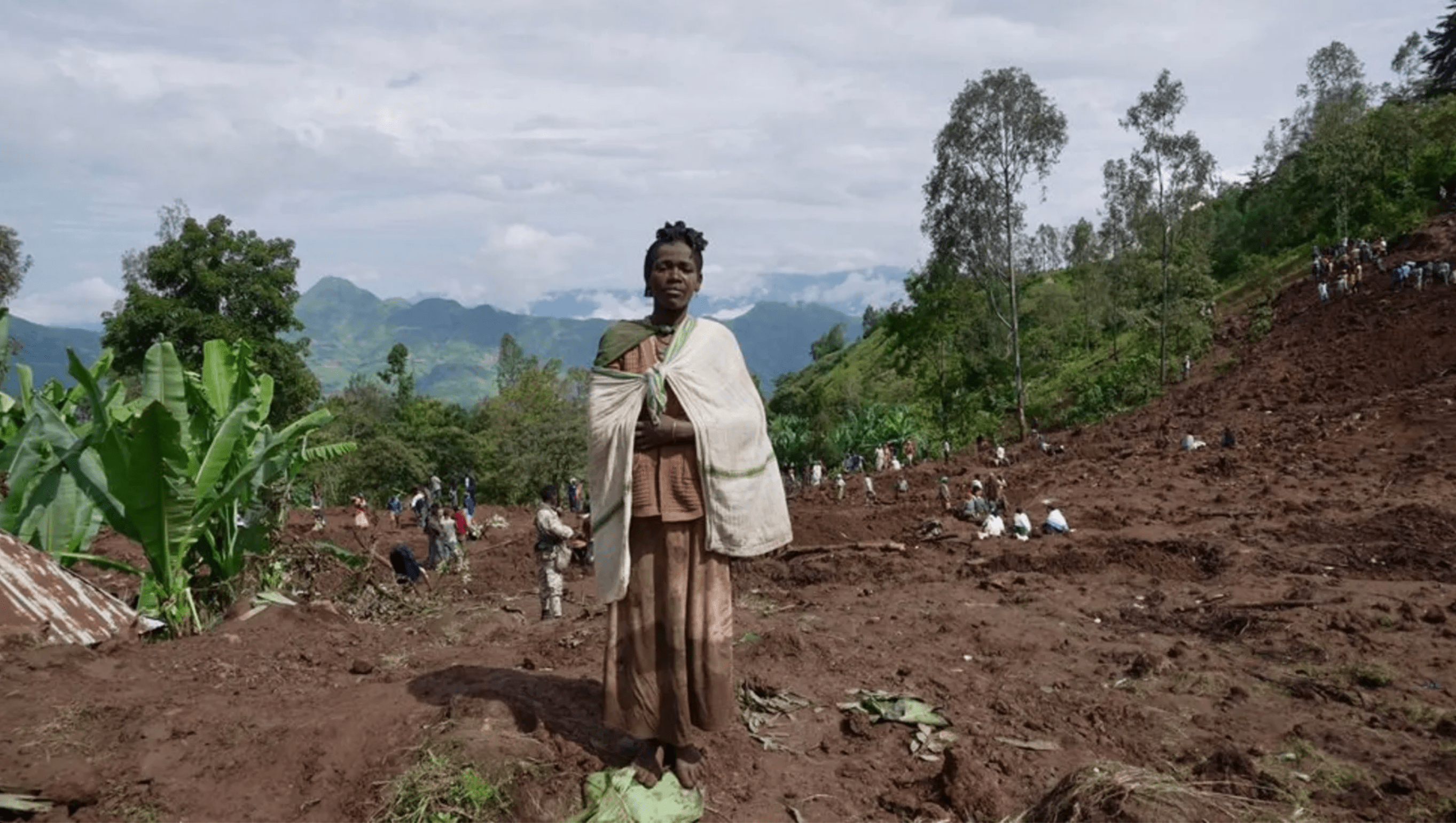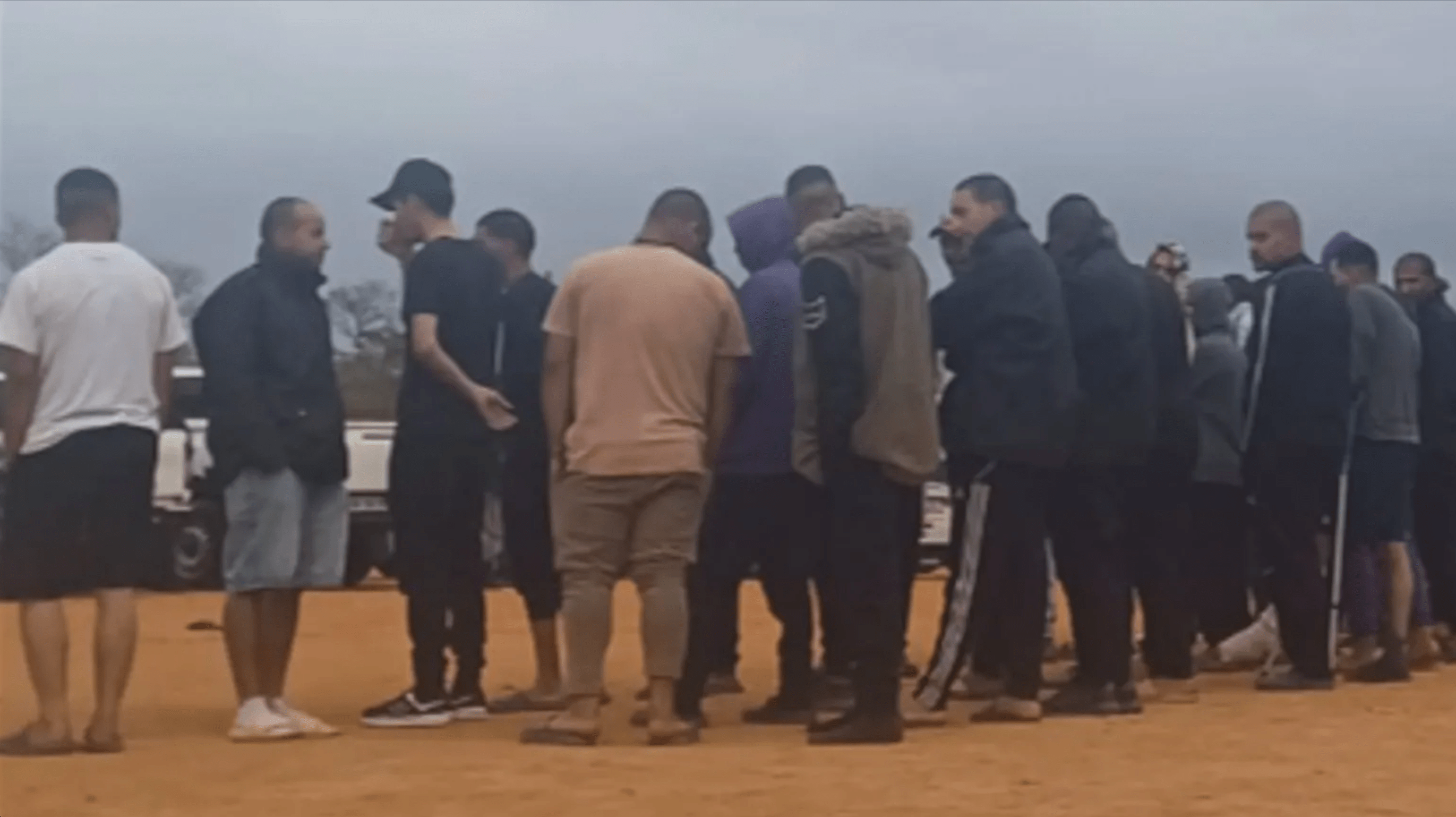IN the 1950s, the colonial South African government expelled the Hai-//om San from the Etosha National Park, an ancestral habitat they had occupied for centuries.
Half a century later, the Hai-//om, one of the groups who lived in what is still the Etosha National Park, believe they have entered an era of land restitution following Government’s recognition of their tribal authority. Yesterday Government issued a group of the Hai-//om from Outjo a letter recognising them as a traditional authority, like the rest of Namibia’s main ethnic groups.But another group from Tsintsabes at Oshikoto immediately rejected the recognition.They claimed it was issued for political reasons and that the so-called traditional authority was nothing but a Swapo structure.When Deputy Minister of Regional, Local Government and Housing Gerhard Tötemeyer, handed the letter to the Hai-//om from Outjo, he declared that “traditional authorities have been released out of colonial manipulation”, a reference to how the old regimes used tribal leaders for political gain.Newly recognised Hai-//om Chief Dawif Khamuxab said he felt empowered by the new status to take up the lost land issue with central Government.”We will be talking to the Government to get land near the park so that our children can learn the ways of the bush for the survival of our traditions, language and culture,” said Khamuxab.Joram |Useb, who said he had been mandated by the Hai-//om community at Tsintsabes, yesterday criticised the recognition.He charged that Government had ignored their objections.He said the Outjo group had disregarded calls for a democratic process to pick a leader.”We have no problem with the Hai-//om to be recognised but this structure is not representative.It is only people from Outjo who are mostly affiliated to Swapo,” said |Useb.|Useb said that since their colonial expulsion, between 8 000 and 11 000 Hai-//om were now scattered over the Kunene, Ohangwena, Omusati, Oshikoto and Otjozondjupa regions.”It is not for the Government to recognise people’s traditional authorities.It should be the people who choose their leaders.We have to come together as the Hai-//om community to decide how to elect our leaders.I believe that it [the recognition] has caused more splits in the community,” said |Useb.Khamuxab confirmed that they were living at Outjo and that other members of the ethnic group were scattered across parts of northern Namibia.He said the most important issue on his agenda was now to get his people together and to preserve their culture and language.Etosha was declared a protected area in 1907 and some communities lost their land in the name of wildlife conservation and tourism.Namibia has no clear policy on land restitution specifically for communities who were driven from ancestral land during colonialism.Tötemeyer said the issue of land would have to be dealt with through the Ministry of Lands, Resettlement and Rehabilitation.Several years ago, a group of Hai-//om people blockaded the entrance to Etosha demanding the right to live off the game in the park.They were charged with trespassing, but the case was not followed through.Yesterday Government issued a group of the Hai-//om from Outjo a letter recognising them as a traditional authority, like the rest of Namibia’s main ethnic groups.But another group from Tsintsabes at Oshikoto immediately rejected the recognition.They claimed it was issued for political reasons and that the so-called traditional authority was nothing but a Swapo structure.When Deputy Minister of Regional, Local Government and Housing Gerhard Tötemeyer, handed the letter to the Hai-//om from Outjo, he declared that “traditional authorities have been released out of colonial manipulation”, a reference to how the old regimes used tribal leaders for political gain.Newly recognised Hai-//om Chief Dawif Khamuxab said he felt empowered by the new status to take up the lost land issue with central Government.”We will be talking to the Government to get land near the park so that our children can learn the ways of the bush for the survival of our traditions, language and culture,” said Khamuxab.Joram |Useb, who said he had been mandated by the Hai-//om community at Tsintsabes, yesterday criticised the recognition.He charged that Government had ignored their objections.He said the Outjo group had disregarded calls for a democratic process to pick a leader.”We have no problem with the Hai-//om to be recognised but this structure is not representative.It is only people from Outjo who are mostly affiliated to Swapo,” said |Useb.|Useb said that since their colonial expulsion, between 8 000 and 11 000 Hai-//om were now scattered over the Kunene, Ohangwena, Omusati, Oshikoto and Otjozondjupa regions.”It is not for the Government to recognise people’s traditional authorities.It should be the people who choose their leaders.We have to come together as the Hai-//om community to decide how to elect our leaders.I believe that it [the recognition] has caused more splits in the community,” said |Useb.Khamuxab confirmed that they were living at Outjo and that other members of the ethnic group were scattered across parts of northern Namibia.He said the most important issue on his agenda was now to get his people together and to preserve their culture and language.Etosha was declared a protected area in 1907 and some communities lost their land in the name of wildlife conservation and tourism.Namibia has no clear policy on land restitution specifically for communities who were driven from ancestral land during colonialism.Tötemeyer said the issue of land would have to be dealt with through the Ministry of Lands, Resettlement and Rehabilitation.Several years ago, a group of Hai-//om people blockaded the entrance to Etosha demanding the right to live off the game in the park.They were charged with trespassing, but the case was not followed through.
Stay informed with The Namibian – your source for credible journalism. Get in-depth reporting and opinions for
only N$85 a month. Invest in journalism, invest in democracy –
Subscribe Now!






